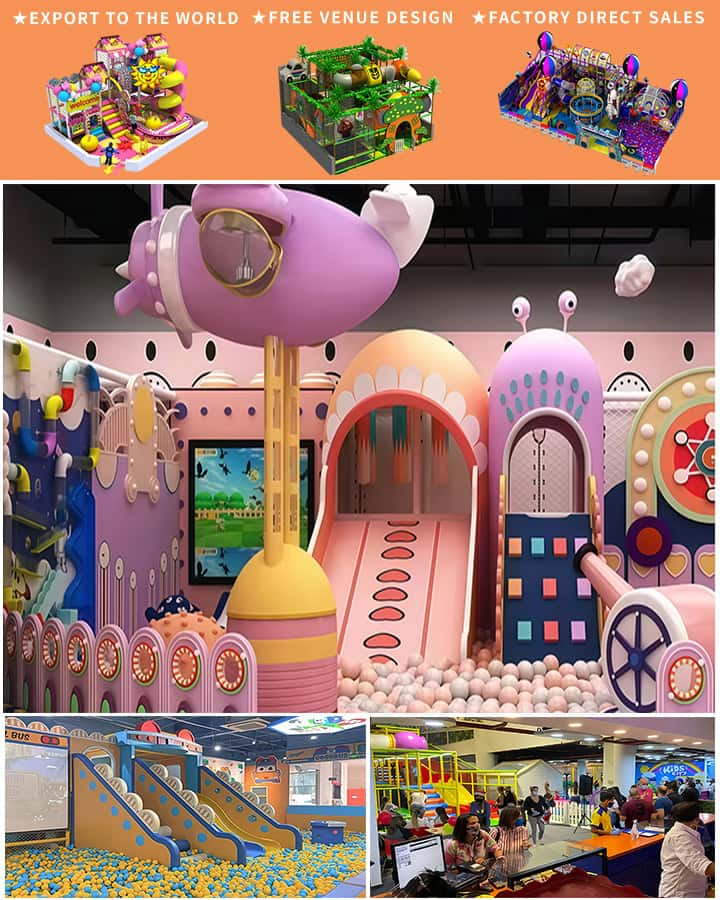Creating a small indoor playground for kids and toddlers can be an incredibly rewarding endeavor. It provides children with a safe, engaging environment where they can play, learn, and grow. However, designing such a space requires careful planning and creativity. This ultimate guide will walk you through the essential steps to create an indoor playground that is both functional and fun for your little ones.
1. Assess Your Space
The first step in creating an indoor playground is to assess the space you have available. Whether it’s a corner of your living room, a spare bedroom, or even part of your kitchen, knowing the dimensions and layout will help you determine what kind of equipment and activities can fit comfortably.
2. Choose the Right Equipment
Selecting the right equipment is crucial for a successful indoor playground. Here are some popular choices:
- Slides: Compact slides can fit into smaller spaces and provide endless entertainment.
- Climbing Structures: Mini climbing walls or ladders can help toddlers develop motor skills and confidence.
- Bounce Houses: If you have enough ceiling height, a small bounce house can offer hours of fun.
- Interactive Toys: Consider adding interactive toys like ball pits or foam building blocks to stimulate your child’s imagination.

3. Safety First
Safety should always be a priority when setting up an indoor playground. Ensure that all equipment is age-appropriate and meets safety standards. Use soft mats or flooring to cushion falls and cover any sharp edges or corners. Additionally, regularly inspect the equipment for signs of wear and tear to prevent accidents.
4. Stimulate the Senses
Incorporating elements that engage various senses can make the playground more enriching. Consider adding sensory walls with different textures, colors, and materials. Interactive panels with buttons, levers, and other manipulative features can also keep toddlers entertained and learning.
5. Educational Elements
A small indoor playground doesn’t just have to be fun; it can also be educational. Include elements that promote learning and development:
- Alphabet and Number Puzzles: These can be integrated into the climbing structures or walls.
- Story Corners: A cozy reading nook with age-appropriate books can foster a love for reading.
- Art Stations: Set up a small area with art supplies where kids can draw, paint, or craft.
6. Personalize the Space
Personalizing the playground can make it more appealing and enjoyable for your children. Decorate the space with their favorite themes, such as animals, space, or fairytales. You could even incorporate custom artwork or murals that reflect their interests and personality.
7. Maintenance and Cleaning
Regular maintenance and cleaning are essential to keep the playground hygienic and safe. Create a routine to vacuum, wipe down surfaces, and disinfect toys regularly. Make sure to follow manufacturer guidelines for cleaning specific pieces of equipment.
8. Flexibility and Versatility
Children’s interests can change quickly, so designing a flexible and versatile playground is wise. Look for modular equipment that can be easily rearranged or updated as needed. This allows you to refresh the space without having to invest in new items constantly.
Final Thoughts
Creating a small indoor playground for kids and toddlers involves thoughtful planning and a bit of creativity. By considering the space, choosing appropriate equipment, prioritizing safety, and incorporating educational elements, you can create a delightful environment that encourages play, learning, and development. With these steps, your little ones will have a special place to call their own, right in the comfort of home.




